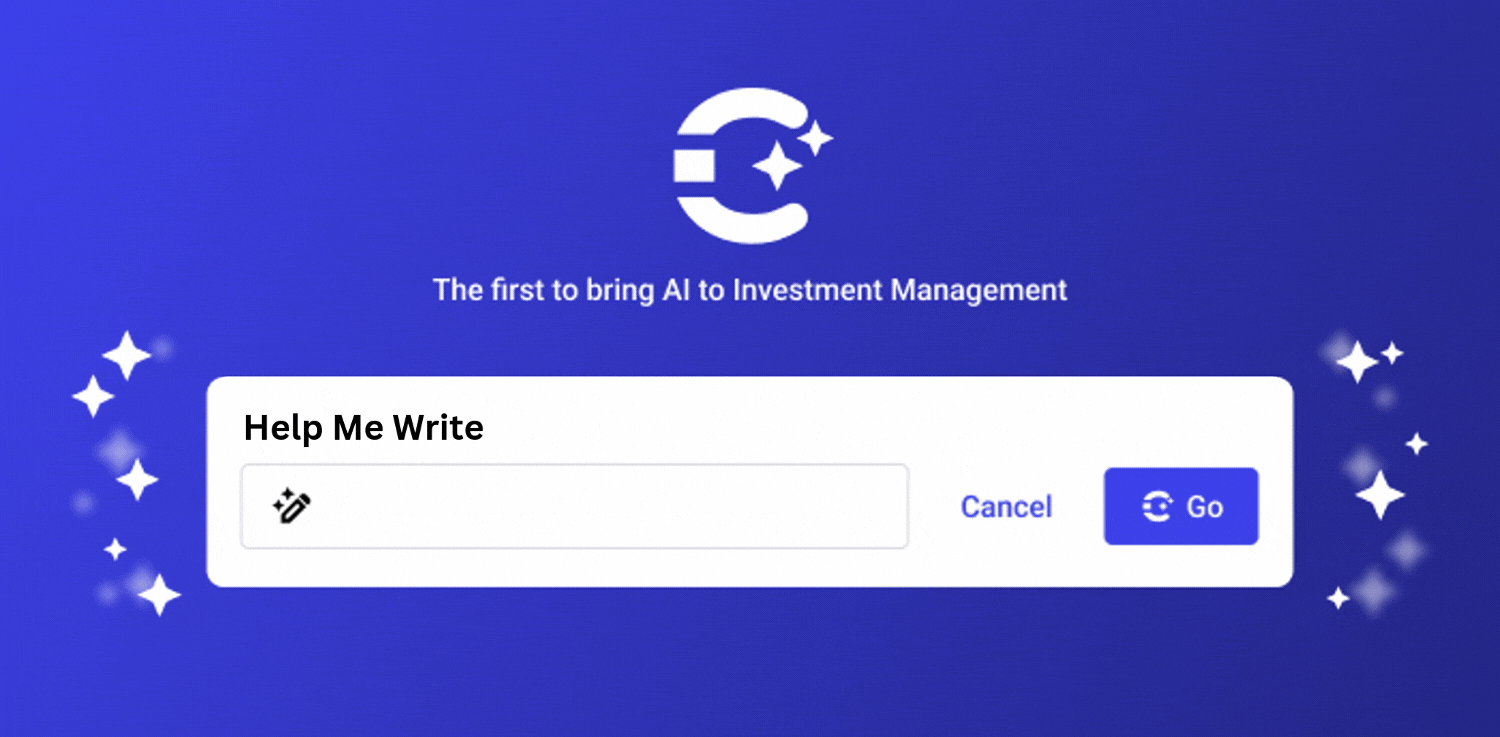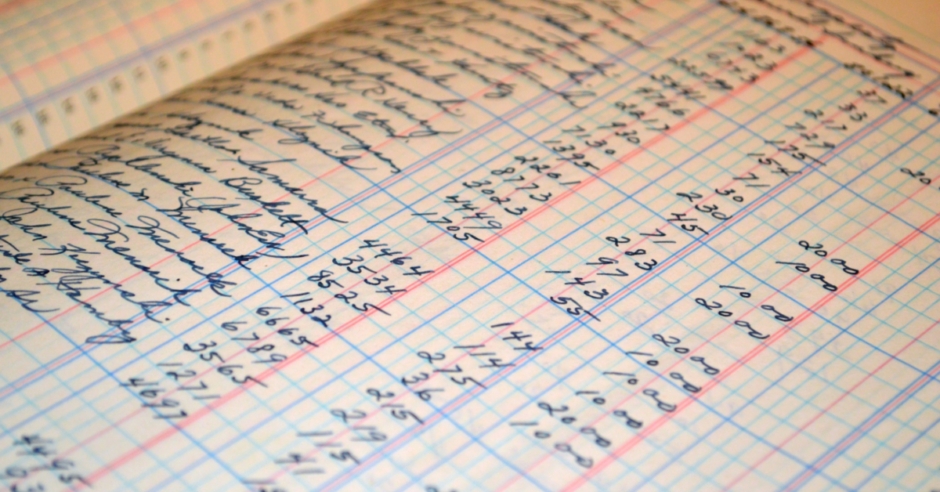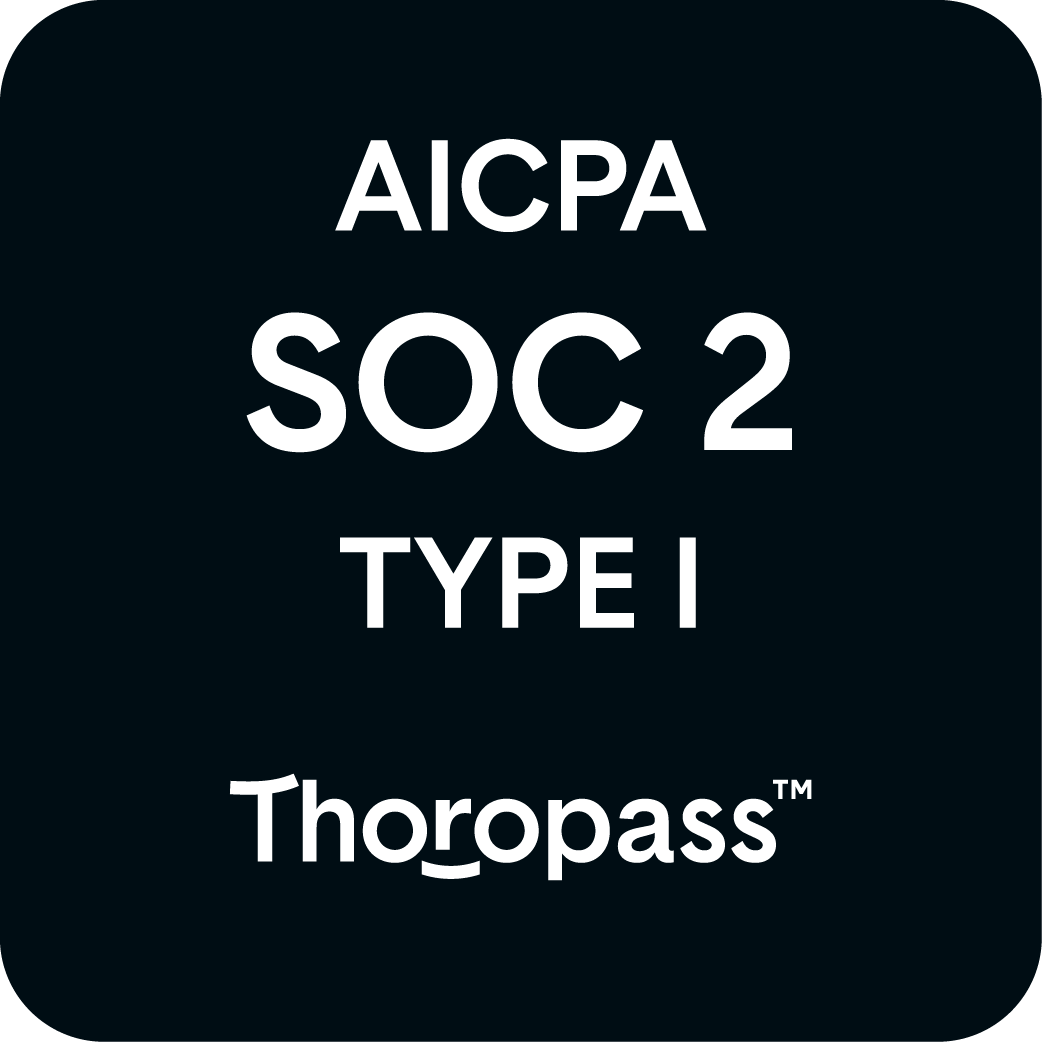NACHA vs. ACH
NACHA vs. ACH: The Ultimate Guide to Commercial Real Estate Payments
Deal makers and commercial real estate property owners are big thinkers: evaluating the next deal, sizing up a potential property, imagining the improvements and calculating the possible ROI scenarios for their investors. But deep within that big picture thinking lies the nitty gritty decisions that come with investment management. How do sponsors and general partners (GPs) actually move this money around? Where should they keep uncalled capital so it generates a return while it sits idle? When it comes time to make distribution payments to investors, how exactly should that transfer be done — and how should investors receive it?
A common question that comes up frequently in the commercial real estate payments space is regarding the difference between NACHA vs. ACH, but the question itself is confusing to answer. NACHA and ACH are closely intertwined concepts and aren’t exactly a one-or-the-other decision. In this blog post, we’ll dive deeper into the differences between these two acronyms and how they impact the methods by which GPs make investor distributions. But first, let’s do a review of the most common payment methods used by commercial real estate investors when making distributions.
Common Distribution Payment Methods
Wire Payments
Many CRE professionals utilize wire payments as the primary method for making distributions to investors. While it can be manual and time-consuming, some continue with this approach since distribution payments are often only made on a quarterly basis and therefore do not impact their day-to-day in a significant way.
GPs with multiple investors typically use a wire transfer service or a bank’s wire transfer platform that supports batch wire payments. Batch wire payments allow the initiation of multiple wire transfers at once, rather than initiating them individually, which can save a significant amount of time and effort.
To make batch wire payments, GPs typically need to provide the wire transfer service or bank with a file containing the details of each payment, such as the recipient’s name, account number, and the amount to be transferred. The file can be created using spreadsheet software like Microsoft Excel or Google Sheets, or it can be generated by your accounting or payment processing software if it supports exporting payment data in a compatible format.
Once the payment file has been created, it is uploaded to the wire transfer service or bank’s platform, which will validate the data and initiate the wire transfers on the GP’s behalf. They typically receive a confirmation or receipt for each payment, which they can use to reconcile accounts and track the progress of each payment.
It’s important to note that wire transfers can be more expensive than other payment methods, and fees can vary depending on the amount and destination of each transfer. Therefore, it’s important to carefully consider the costs and benefits of wire transfers before choosing this method for high-volume payments. It is also worth considering how the manual preparation of these payment files can be error-prone and result in inaccurate payment distributions, and even with quarterly distribution payments, the opportunity cost associated with the time spent preparing, double-checking, and tracking the distributions can be severe.
Paper Checks
Printing and mailing paper checks, although outdated, is still a common practice among commercial real estate professionals. Some even schedule in-person meetings with investors to hand over the distribution payment, using the meeting to bolster the relationship and even share the details of upcoming deal opportunities face-to-face.
To make distribution payments via paper check, commercial real estate GPs typically follow a process similar to the following:
- Determine the amount of the distribution payment: The GP should calculate the total amount of the distribution payment to be made based on the terms of the partnership agreement or operating agreement.
- Gather investor information: The GP should collect the mailing addresses of all investors who are due to receive a distribution payment. This information can be obtained from investor records or from the investor’s recent correspondence.
- Print and sign checks: The GP should print checks for each investor, using a check printing software or a pre-printed check stock. The checks should include the investor’s name, the payment amount, and the date.
- Mail the checks: The GP should then mail the checks to the investors’ mailing addresses. It’s important to use secure mailing methods and to include a cover letter explaining the purpose of the payment.
- Record the payment: The GP should record the payment in their accounting system, noting the payment date, payment amount, and the investor who received the payment.
- Reconcile the payments: Finally, the GP should reconcile the payments with their bank statement to ensure that all payments were received and processed correctly.
It’s important to note that making distribution payments via paper check can be time-consuming and may not be the most efficient or secure payment method for large or complex real estate partnerships.
Now, back to the main question: NACHA vs. ACH
Like mentioned previously, NACHA and ACH are not opposites. NACHA and ACH are closely related terms in the context of electronic payments in the United States. ACH stands for Automated Clearing House, which is a network that facilitates electronic funds transfer (EFT) between banks in the US. It is a secure, reliable, and cost-effective method for businesses and individuals to move money electronically from one bank account to another.
NACHA, on the other hand, is the governing organization that oversees the ACH network. It sets the rules and standards for ACH transactions and ensures that all participants in the network comply with them. NACHA stands for the National Automated Clearing House Association.
GPs can use NACHA files, which are essentially templates with investor payee information given to a bank to make the ACH payments to investors’ bank accounts. Below is a step-by-step rundown of how a NACHA file is typically used:
- Collect investor banking information: The GP should collect the banking information of all investors who are due to receive a distribution payment. This includes the investor’s name, account number, routing number, and type of account (e.g., checking or savings).
- Prepare a NACHA file: The GP should create a NACHA file that includes the payment information for each investor. This file can be generated using software that supports NACHA file creation or by manually creating a file that conforms to the NACHA file format.
- Submit the NACHA file to their bank: The GP should submit the NACHA file to their bank for processing. The bank will validate the file and initiate the ACH transactions on the specified payment date.
- Record the payment: The GP should record the payment in their accounting system, noting the payment date, payment amount, and the investor who received the payment.
- Reconcile the payments: Finally, the GP should reconcile the payments with their bank statement to ensure that all payments were received and processed correctly.
Using NACHA files for investor distributions can be a more efficient and cost-effective payment method than paper checks for large and complex real estate partnerships. However, it’s important to ensure that the banking information of each investor is accurate and up-to-date to avoid payment errors or delays. Additionally, GPs should ensure that they are in compliance with NACHA rules and regulations, including obtaining authorization from investors for ACH payments and properly using the appropriate NACHA transaction codes.
End-to-End ACH Debit Payments with Covercy
NACHA files are just one way to make bulk ACH payments to investors. Many investment management tools claim to offer “distribution payments” as a key feature. What many don’t spell out for GPs, though, is that their software can’t actually move the money for you. These software tools often help GPs create the NACHA files referenced above, and keep payment and investor communication records, but the process is still fairly manual and time-consuming.
Covercy has taken investment management and payment distributions to the next level by automating the investor payment process for GPs. Forget paper checks. Forget NACHA files. Forget the delays and the complaints and the painful reconciling. Beginning with the simplest pro-rata structure to complex, customizable waterfall models, GPs can use Covercy to calculate payments and move money via ACH debit from the asset’s bank account to the investor’s bank account without risk of error, costly fees, or delays. If both parties use Covercy’s banking services, the money is available instantly.
A Complete Investment Management Solution
The solutions offered by Covercy are far more substantial than simply helping GPs the differences between wire, paper check, NACHA files and other forms of ACH payments. The tips provided here are just a sampling of the many ways you and your team can streamline capital raises, payment distributions, improve accuracy, and gain back the opportunity costs associated with time-intensive manual quarterly payments. It’d be nice to invest that time in your next deal instead, wouldn’t it?
At Covercy, we’ve built the first comprehensive commercial real estate investment management platform for GPs. Combining fundraising, asset management, investor relations, automated distributions, and banking-embedded capabilities into a single platform, Covercy is the solution your firm needs to make this your best year yet.






